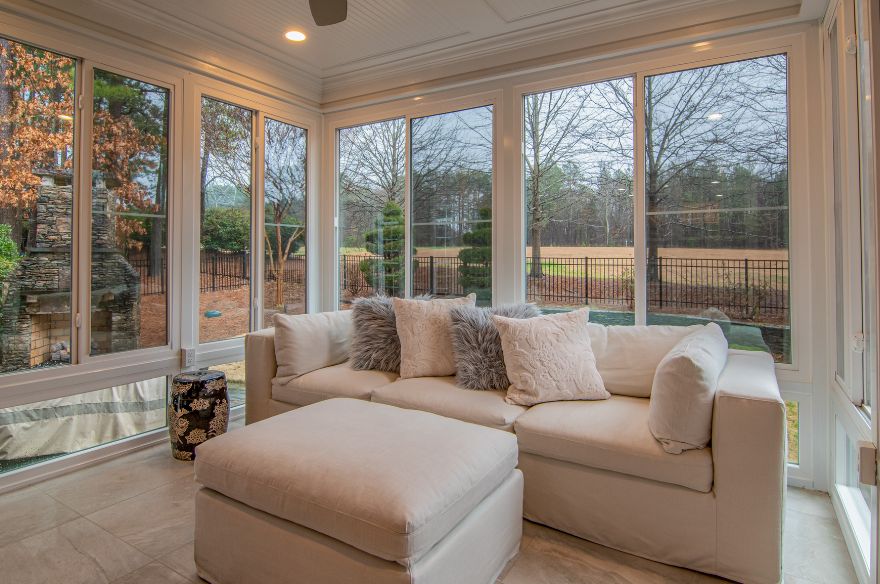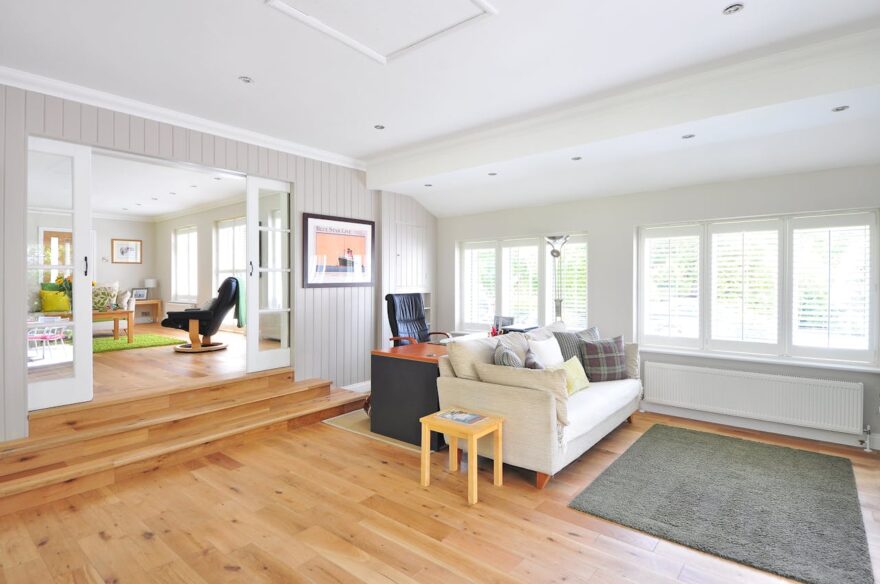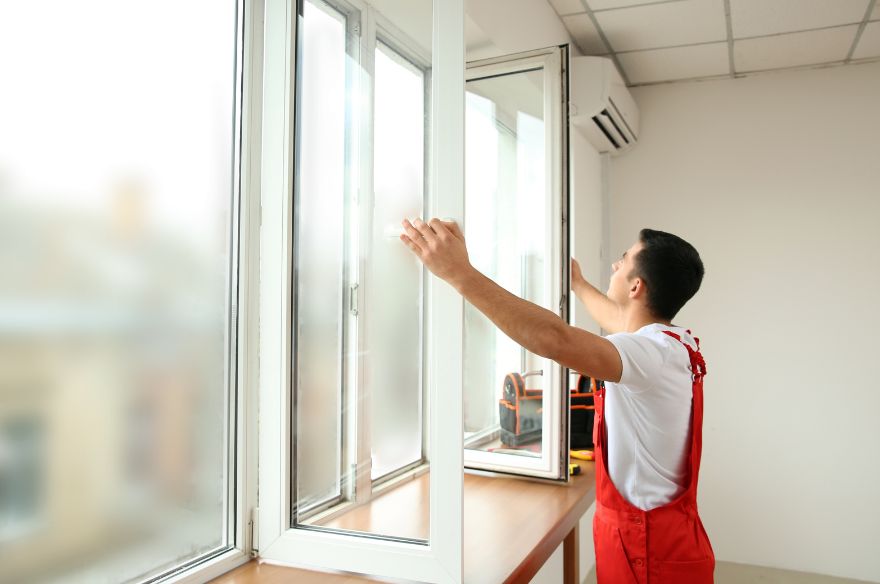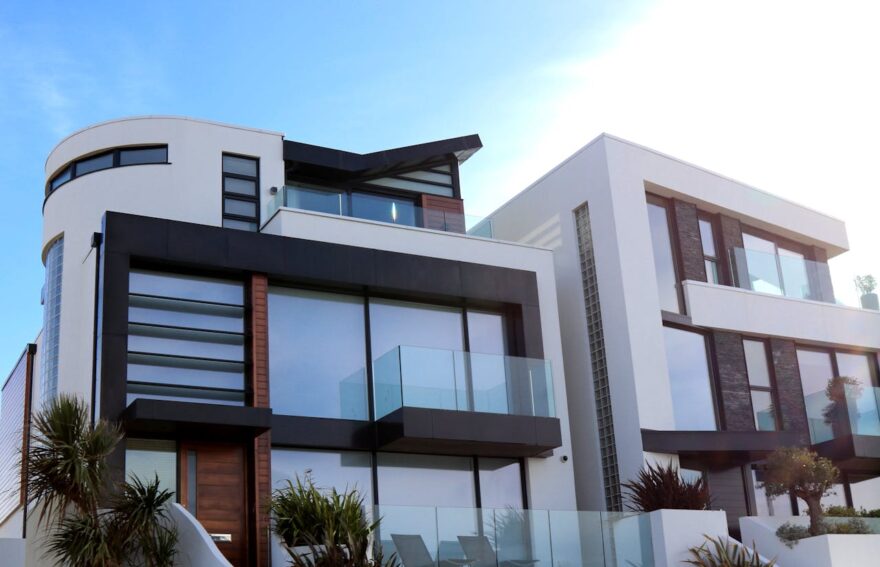When choosing new windows for your home or office, you have probably come across labels like Uw, Ug, and Uf. At first glance, these labels may seem complicated and hard to understand, but they actually represent key indicators of a window’s energy efficiency. In this article, we explain what the Uw value means, how it differs from Ug and Uf, and why it is crucial for energy savings and living comfort.
What is the Uw Value?
Uw, or “window value,” indicates the heat transfer coefficient for the entire window. In other words, it is a number that shows how much heat “escapes” through the window when there is a temperature difference between the inside and outside. The lower the Uw value, the better the insulation. It is expressed in W/m²K, that is, watts per square meter per Kelvin.
For example, windows with a Uw value of 1.3 W/m²K have average insulation, while those with a Uw of 0.9 W/m²K are considered energy efficient. That is why Uw is the most important figure when evaluating how much your windows will contribute to energy savings.
What are the Ug and Uf Values?
Ug represents the heat transfer coefficient of the glass. Since the glass occupies the largest surface of the window, this value has a significant impact on the overall performance. Modern triple-glass units can have a Ug as low as 0.5–0.6 W/m²K, while double glazing usually has a Ug around 1.0–1.1 W/m²K.
Uf refers to the frame, or window profile. Its value depends on the material and construction – PVC profiles with multi-chamber systems usually have a Uf of 1.0–1.3 W/m²K, while aluminum profiles with thermal breaks achieve Uf values of 1.2–1.6 W/m²K, and the most modern systems can even go below 1.0 W/m²K.
The Uw value is then calculated by combining Ug and Uf, with the additional influence of the linear thermal bridge at the junction between the glass and frame, giving the most realistic picture of the complete window’s performance.
Why is this important? Windows have a huge impact on a home’s energy loss. Heat loss through windows accounts for 20–30% of total energy losses in an average household. Poor Uw values mean that in winter you are practically heating the outside air, and in summer, you spend more on cooling.
Conclusion
Uw value is a key parameter for window energy efficiency. While Ug shows the insulation of the glass and Uf of the frame, only together do they give an accurate view of the complete window’s performance. The lower the Uw, the less energy you will spend on heating and cooling, making your home more comfortable and quieter.
Our advice: when choosing windows, always look for official Uw data and don’t rely solely on information about the glass. The right choice can provide significant long-term savings and a higher quality living environment.



